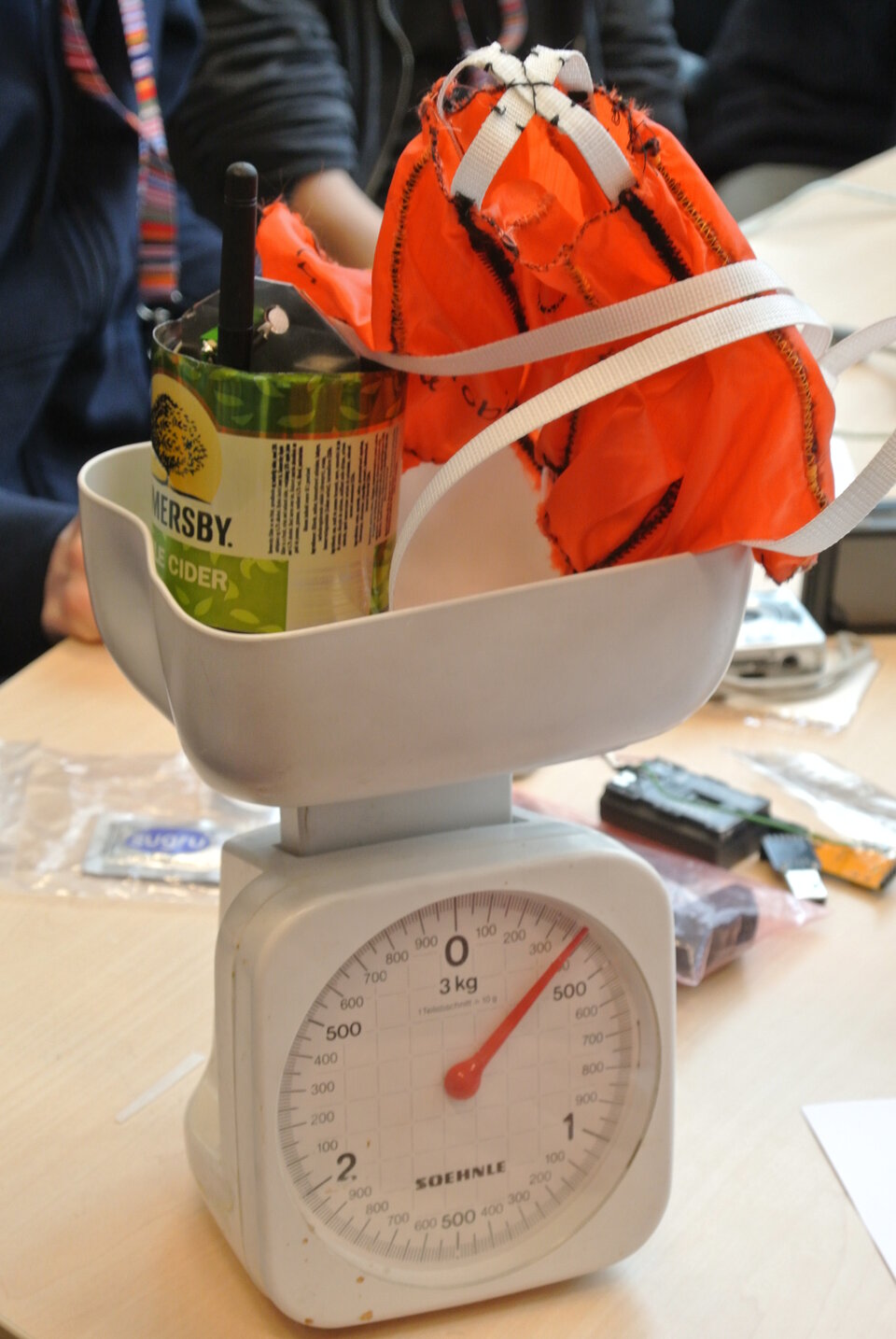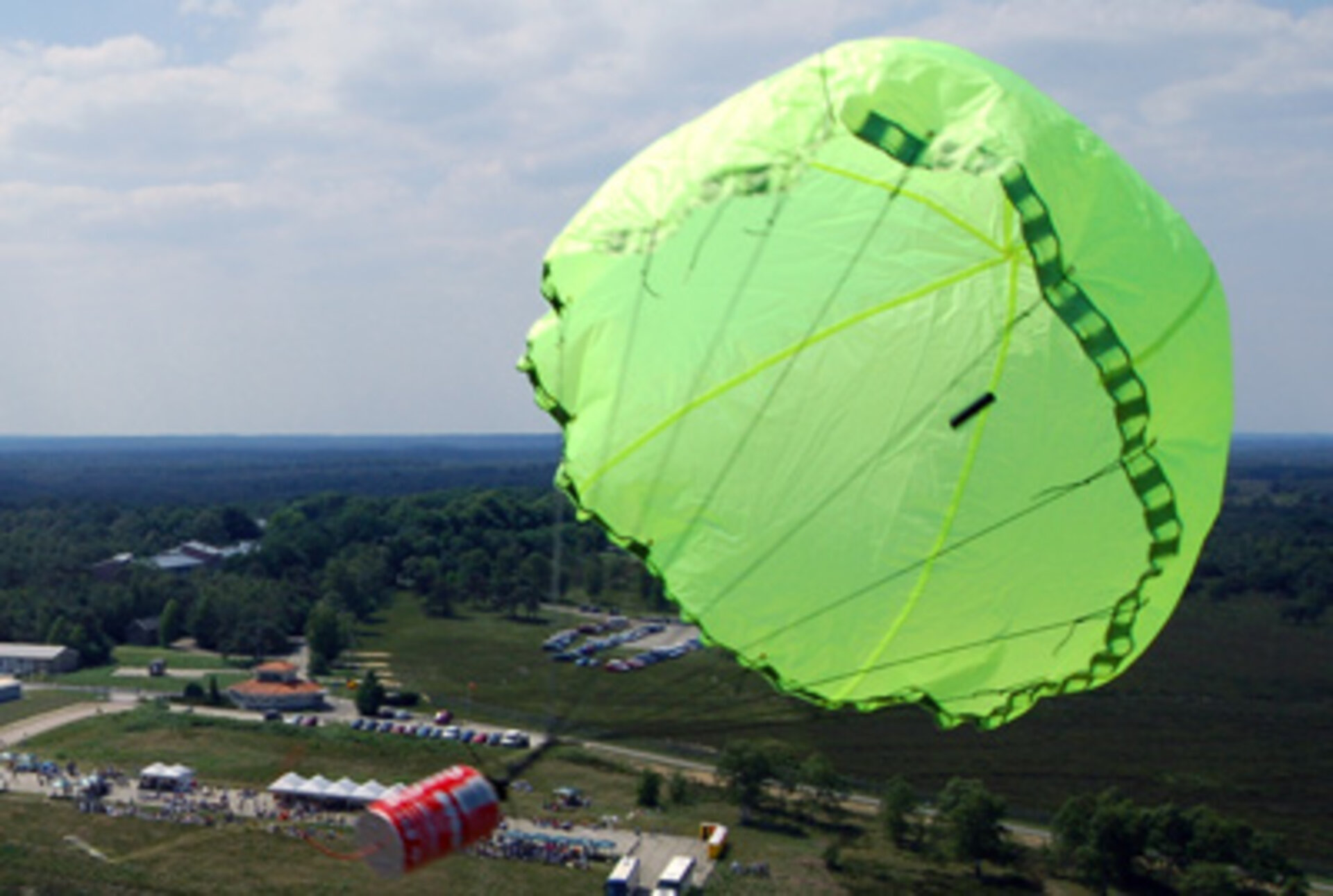What is a CanSat?
The CanSats in Europe on-line platform aims to provide information about CanSat-related activities taking place in Europe, in particular the European CanSat Competitions.
CanSats in Europe is an initiative of the European Space Agency (ESA), which also supports national CanSat events with the help of local organisations. These organisations are collaborating to increase the support for CanSat activities in Europe.
A CanSat is a simulation of a real satellite, integrated within the volume and shape of a soft drink can. The challenge for the students is to fit all the major subsystems found in a satellite, such as power, sensors and a communication system, into this minimal volume. The CanSat is then launched to an altitude of a few hundred metres by a rocket or dropped from a platform or captive balloon and its mission begins: to carry out a scientific experiment and achieve a safe landing.
CanSats offer a unique opportunity for students to have a first practical experience of a real space project. They are responsible for all aspects: designing the CanSat, selecting its mission, integrating the components, testing, preparing for launch and then analysing the data.
CanSat History

CanSat competitions have taken place in many countries around the world since the late 1990s. Typically, a number of student teams come together to launch their CanSats during the course of a day, competing for prizes. The rules and objectives can vary, but some common requirements are outlined below.
CanSat requirements
The CanSat hardware and missions must be designed to the following requirements and constraints:
-
All the components of the CanSat must fit inside a standard soda can (115 mm height and 66 mm diameter), with the exception of the parachute. Radio antennas and GPS antennas can be mounted externally (on the top or bottom of the can, but not on the sides), depending on the design.
N.B. The rocket payload area has 4.5 cm of space per CanSat available, along the can’s axial dimension (i.e. height), which must accommodate all external elements including: parachute, parachute attachment hardware, and any antennas. - The antennas, transducers and other elements of the CanSat cannot extend beyond the can’s diameter until it has left the launch vehicle.
- The mass of the CanSat must be between 300 and 350 grams. CanSats that are lighter must take additional ballast with them to reach the 300 grams minimum mass limit required.
- Explosives, detonators, pyrotechnics, and inflammable or dangerous materials are strictly forbidden. All materials used must be safe for the personnel, the equipment, and the environment. In case of doubt, Material Safety Data Sheets (MSDS) will be requested.
- The CanSat must be powered by a battery and/or solar panels. It must be possible for the systems to be switched on for four continuous hours.
- The battery must be easily accessible in case it has to be replaced/recharged.
- The CanSat must have an easily accessible master power switch.
- Inclusion of a retrieval system (beeper, radio beacon, GPS, etc.) is recommended.
- The CanSat should have a recovery system, such as a parachute, capable of being reused after launch. It is recommended to use bright coloured fabric, which will facilitate recovery of the CanSat after landing.
- The parachute connection must be able to withstand up to 1000 N of force. The strength of the parachute must be tested to ensure that the system will operate nominally.
- For recovery reasons, a maximum flight time of 120 seconds is recommended. If attempting a directed landing, then a maximum of 170 seconds flight time is recommended.
- A descent rate between 8 and 11 m/s is recommended for recovery reasons. In case of a directed landing, a lower descent rate of 6m/s is recommended.
- The CanSat must be able to withstand an acceleration of up to 20 g.
- The total budget of the final CanSat model should not exceed 500€. Ground Stations (GS) and any related non-flying item will not be considered in the budget. More information regarding the penalties in case the teams exceed the stated budget can be found in the next section.
- In the case of sponsorship, all items obtained should be specified in the budget with the actual corresponding costs on the market.
- The CanSat must be flight-ready upon arrival at the launch campaign. A final technical inspection of the CanSats will be done by authorised personnel before launch.


